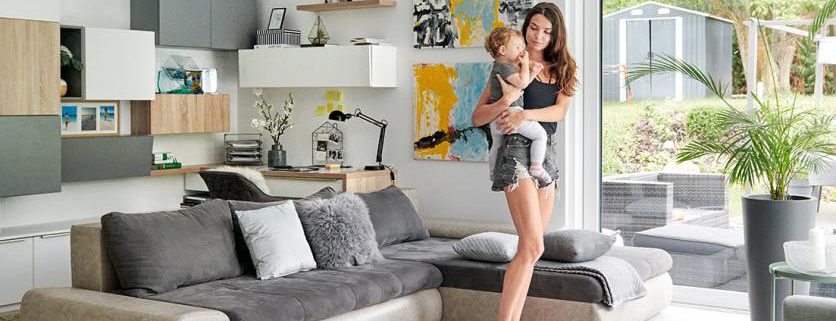The World’s Cooling Demand is Increasing
In 2019, the building sector’s space cooling demands required just 15% of the energy used for heating, resulting in about 1 billion tons of CO2 emissions from electricity consumption. Nonetheless, space cooling is rapidly expanding and is likely to increase more in the next decades. Cooling demand is expected to rise at a rate of more than 3% per year for the next three decades, which is eight times higher than heating demand in the previous 30 years. We can see how air conditioning changed the world.
There are several factors driving the increase in space cooling demand. Ownership percentages among high-income urban families in India range from 75% to 85%, compared to 5% or less in low-income rural households. Air conditioner ownership reaches 90% in the United States and Australia, whereas it is less than 10% in India, Indonesia, and close to 20% in Brazil. Only 15% of the world’s population has an air conditioner, despite the fact that 35% of the world’s population lives in places where it is extremely hot every day. As a result of rising living standards, climate change, and initiatives to expand access to the necessary energy services, the percentage of ownership is expected to rise to 60% by 2050 and 70% by 2070.
Prioritizing solutions focused on heating, cooling, or both will assist the building sector’s decarbonization. Ductless heat pump technology may be used in a wide range of climates and can be configured to offer both heating and cooling. Heat pumps are currently required for heating and cooling by one-third of the world’s population. Accelerating the adoption of high-efficiency HVAC equipment, as well as innovation, will be critical to meeting global decarbonization targets.
Despite their rising popularity of mini split systems, the vast majority of heat pumps sold today are solely utilized for air conditioning in cooling mode. The average performance of air conditioners would increase by more than 50% by 2030 and nearly double by 2070. Without such efficiency improvements, according to stated policies, cooling electricity consumption may almost triple by 2070.
An estimated 33% of homes globally have both heating and cooling requirements, however this figure may be as high as 78% in Europe, 56% in North America, and over 80% in China. It is essential in these locations that technology is developed to achieve decarbonization goals.
Government incentives provide an opportunity to encourage the adoption of more energy-efficient technology. The Canada Greener Homes Grant or the European Next Generation EU will promote energy efficiency, the use of local resources, and the battle against climate change, which is projected to boost the use of heat pumps and other renewable heating solutions in new construction and renovation projects.




Leave a Reply
Want to join the discussion?Feel free to contribute!